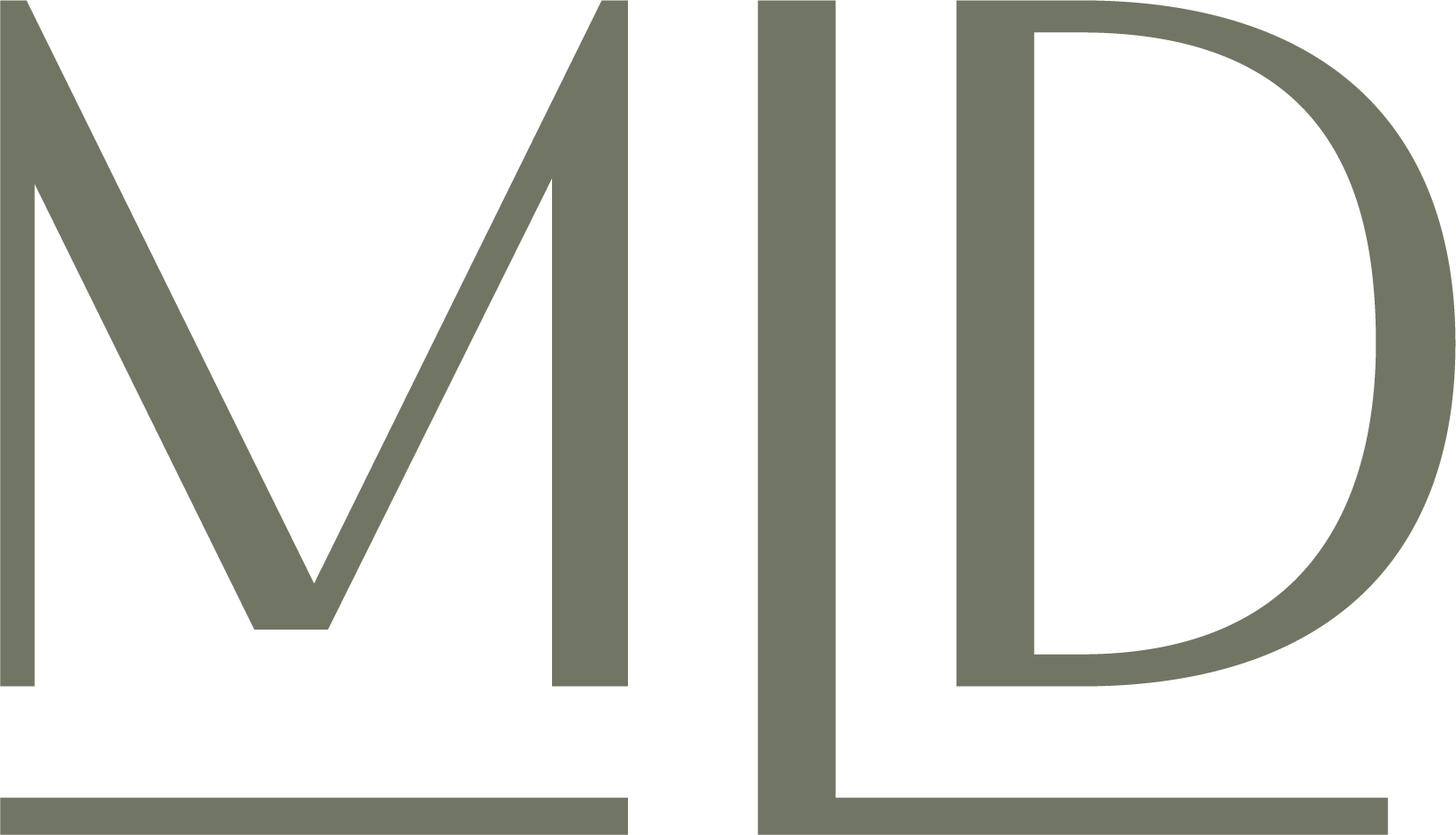Gas vs. Dual Fuel Ovens: What's Right for Your Kitchen?
Choosing the right range for your kitchen can completely change how you cook—and how your space feels. If you’ve narrowed it down to gas vs. dual-fuel, you’re already thinking like a chef. Both have passionate followings, and both deliver serious power. But what’s the real difference? And which one fits your kitchen, your cooking style, and your budget?
In this guide, we’ll break down the performance, cost, design considerations, and the practical pros and cons of each option—so you can choose confidently. Whether you’re building your dream home or upgrading your current space, MLD is here to help you land on the perfect appliance lineup.
What's the Difference
They’re known for their precise flame control and are often favored by home chefs for stovetop cooking. Dual-Fuel Ranges combine a gas cooktop with an electric oven. This hybrid setup offers the best of both worlds—instant stovetop heat from gas and consistent, even oven baking from electricity. Many premium brands like Monogram, Wolf, and Thermador offer dual-fuel options that appeal to serious cooks and design-savvy homeowners alike.
Benefits of a Gas Range
- Lower Upfront Cost: Generally more affordable than dual-fuel options. - Easier Installation: Only one fuel source needed (assuming you already have gas). - Moist Heat in Oven: Gas ovens produce slightly more humid heat, which is great for roasting meats or baking casseroles without drying them out. - Quick Cooktop Response: Visual flame lets you adjust instantly—great for high-heat searing or simmering delicate sauces. Best For: Home cooks who roast and broil more than they bake, or those looking for budget-conscious upgrades without sacrificing power.
Why Choose Dual Fuel
- Electric Oven Precision: Electric ovens provide dry, consistent heat—ideal for baking, browning, and precise temperature control. - Gas Cooktop Power: You still get the gas cooktop's responsiveness and visible flame. - Premium Build Quality: Dual-fuel models often come with higher-end features like convection ovens, meat probes, and smart connectivity. - Versatility: Great for households that do a lot of both baking and stovetop cooking. Best For: Avid bakers, entertainers, or anyone looking for top-tier performance across both cooking methods.

Things to consider before you buy
- Existing Hookups: Dual-fuel requires both gas and a 220-volt electrical outlet—make sure your kitchen is ready or budget for an electrician. - Brand & Warranty: Premium brands may include installation or extended support. MLD's team can help guide this. - Aesthetic Preferences: Dual-fuel ranges often come with more modern or pro-style finishes and larger oven windows. - Cooking Habits: Love baking bread or cakes? Dual-fuel might be worth the investment. Do most of your cooking on the stovetop? Gas could be plenty.
Brand Spotlights
Monogram Dual-Fuel Ranges: Sleek and powerful, Monogram’s dual-fuel ranges bring chef-grade performance and design-forward aesthetics. Wolf Gas Ranges: Known for iconic red knobs and durable build, Wolf’s gas-only options are perfect for cooks who prioritize control and heat retention. Thermador Dual-Fuel Ranges: With smart features like built-in meat probes and self-cleaning ovens, Thermador dual-fuel models balance tech with tradition. Want to see these side-by-side? Schedule a visit to the MLD showroom

Final Verdict: Which One is Right for You
At the end of the day, there’s no “wrong” choice—just the one that suits your kitchen and cooking life best. If you love baking and crave even, reliable oven heat, dual-fuel is a clear winner. If you prefer to keep it simple (and save a bit), gas gives you robust performance with fewer demands on your home setup. Still unsure? Stop by your nearest MLD showroom or chat with our appliance experts to find the best range for your lifestyle and layout.
